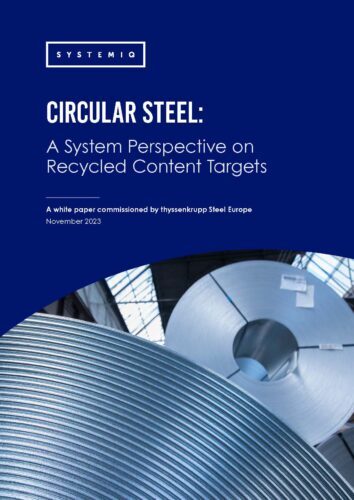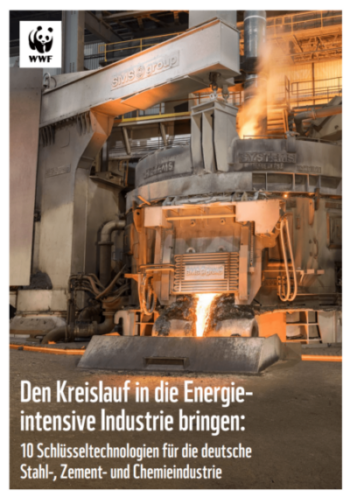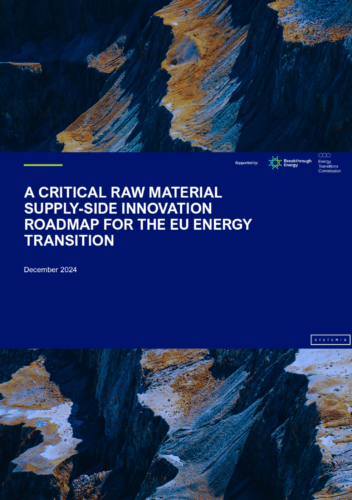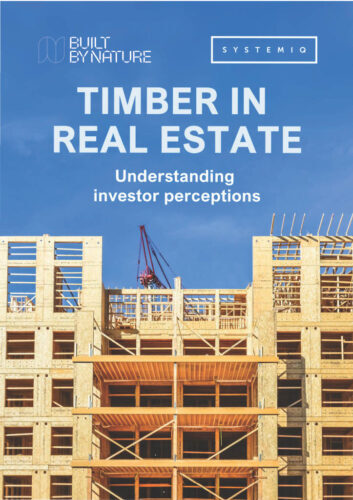This white paper was commissioned by thyssenkrupp Steel Europe and developed by Systemiq. It aims to inform the debate on recycled content targets, based on a quantitative model analysing the system-wide implications of different target scenarios for 2030, such as greenhouse gas emissions of the steel industry, availability and quality of scrap, and steel production costs. It does so via two general steps:
- Understanding the context: We review the current state of steel production, steel recycling, and the initiatives of steel producers, steel users, and policy makers.
- Analysing recycled content targets implications: We assess the potential effects of recycled content targets via a scenario analysis leading up to 2030, and offer a generalised framework for evaluating these targets as a sustainable policy option post-2030.
The scope on steel production and recycled content targets is limited to the European Union. However, the analysis adopts a system-wide view in evaluating the environmental implications of such targets. The findings are supported by a quantitative model on recycled content mandates, insights from 18 expert interviews, and desktop research.




